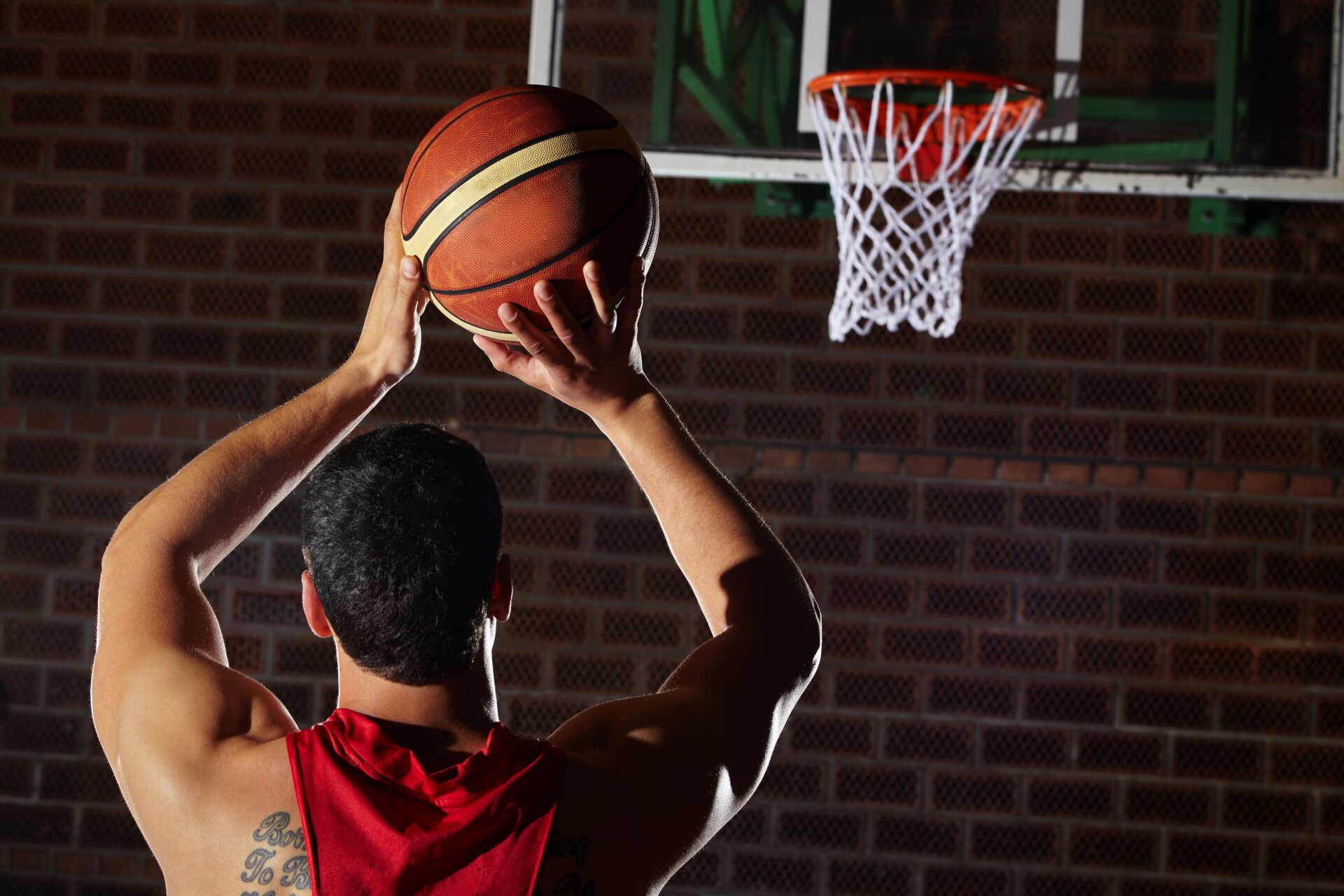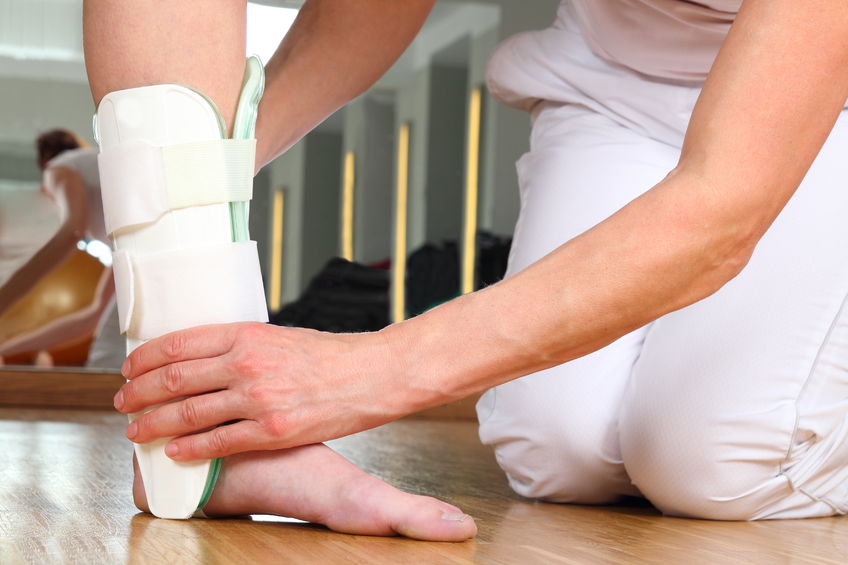As National Nutrition Month encourages us to adopt healthier lifestyles, we’re reminded of the critical role foot and ankle health plays in our ability to stay active. At the forefront of providing exceptional care in this essential area is Wesley Nesbit, DPM, Podiatric Physician and Surgeon, whose expertise in both surgical and non-surgical treatments helps patients step back into life with confidence.

Advanced Care for Mobility with Dr. Nesbit
Dr. Nesbit stands out for his comprehensive skill set in treating foot and ankle conditions, combining surgical precision with effective non-surgical strategies. His approach addresses a wide array of issues, from common complaints like bunions and hammertoes to more complex conditions such as plantar fasciitis and nerve pain. His focus on personalized treatment plans ensures that each patient receives the care best suited to their recovery and long-term health goals.
A Focus on Effective Treatment Options
Dr. Wesley Nesbit is well-versed in the vast spectrum of foot and ankle pathologies, offering patients a variety of treatment options based on their specific needs. His work extends to managing sports injuries, fractures, and ligament strains, providing both immediate relief and long-term solutions. Whether it’s through innovative surgical techniques or targeted non-surgical methods, Dr. Nesbit is dedicated to helping his patients achieve optimal outcomes.
Specialized Services Tailored to Each Patient
With specialties that include everything from diabetic foot care to custom orthotics and ankle bracing, Dr. Nesbit addresses a broad range of foot and ankle disorders. His expertise also covers the treatment of arthritis, skin and nail infections, and pediatric foot ailments, catering to the unique needs of a diverse patient population. For athletes, Dr. Nesbit’s targeted care for sports injuries is instrumental in facilitating a swift and effective return to activity.
Steps to a Healthier Lifestyle: Tips from Dr. Nesbit

In line with National Nutrition Month, Dr. Nesbit offers these essential tips for maintaining robust foot and ankle health as part of an active lifestyle:
- Stay Active: Regular, foot-friendly exercises enhance strength and stability, supporting your joints.
- Nutritious Diet: Incorporate calcium and vitamin D-rich foods to support bone health.
- Choose the Right Footwear: Ensure your shoes provide the right support, fit well, and are suitable for your activities.
- Practice Good Foot Hygiene: Keep your feet clean and dry to prevent infections, and moisturize regularly.
- Listen to Your Body: Pay attention to foot pain or discomfort and seek professional advice early.
This National Nutrition Month, as we focus on building healthier habits, let’s not overlook the foundation that supports us every step of the way: our feet and ankles. With Dr. Wesley Nesbit’s exceptional care at AOSMI, achieving and maintaining foot and ankle health becomes an attainable part of our wellness journey. Embracing Dr. Nesbit’s expertise allows patients to pursue their active lifestyles without limitation, fully supported by the best in podiatric care. To experience the best in foot and ankle care, request an appointment with Dr. Nesbit today!
As Fall wraps us in its chilly embrace, you can bet basketball courts and ice skating rinks across New Jersey are buzzing with activity. Whether you’re part of a school team, hitting the court for a bit of fun, or gliding across the ice with friends and family, these Fall sports are a great way to stay active. With all the excitement, there’s also a chance of bumps, bruises, and sometimes more serious injuries. At AOSMI, we believe in patient education. We want to teach you about the more common Fall sports injuries, so that you are prepared and so that we can work together to get you back to your strongest self.
Common Fall Basketball Injuries:
Common Injuries: Some of the most common injuries in basketball are ankle sprains and anterior cruciate ligament (ACL) tears, both of which impact performance and long-term joint health.
Causes of Injury: Ankle sprains arise from the high-impact nature of basketball, particularly during rapid direction changes or awkward landings after jumps. ACL tears are often linked to abrupt stops, pivots, or sudden directional changes, exerting stress beyond the knee joint’s normal capacity.

Treatment and Surgery: Initial treatment for ankle sprains involves the R.I.C.E. protocol (Rest, Ice, Compression, and Elevation) to reduce swelling. ACL tears may necessitate surgical reconstruction using the patient’s tissues or grafts. At AOSMI, we are on the cutting-edge of orthopedic treatment – as such, we offer the BEAR (Bridge-Enhanced ACL Restoration) Implant that allows for natural healing without the need for grafts.
Physical Therapy Rehabilitation: Post-surgery, physical therapy becomes pivotal in restoring strength, flexibility, and joint stability. Progressive exercises targeting muscle strength, balance, and proprioception form the core of rehabilitation, guided by physical therapists to ensure a gradual return to play, minimizing the risk of re-injury. At AOSMI, our physical therapists tailor their treatment plans to your unique injury, ensuring a personalized approach.
Common Fall Ice Skating Injuries:
Common Injuries: Ice skaters frequently contend with fractures, particularly in vulnerable areas like the wrist and hip, because of the dynamic and sometimes acrobatic nature of the sport.
Causes of Injury: Falls on the ice, whether during jumps, spins, or routine skating, expose skaters to the risk of fractures. The hard frozen surface amplifies the impact, leading to fractures, especially in areas like the wrist and hip.

Treatment and Surgery: Immediate immobilization is important for managing fractures sustained during ice skating. Wrist fractures may require casting or splinting, while hip fractures may necessitate surgical intervention, involving plates, screws, or other fixation devices for proper alignment and stability.
Physical Therapy Rehabilitation: Rehab for ice skating injuries takes a comprehensive approach. Range-of-motion exercises are crucial for regaining flexibility, while progressive weight-bearing activities aid in rebuilding strength. Physical therapists craft tailored plans, integrating exercises that address the unique challenges of ice skating injuries, with a focus on enhancing balance, coordination, and functional movement. This personalized rehabilitation aims not only to restore functionality but also to prevent future injuries, facilitating a safe return to the ice.
By addressing the specific Fall sports injuries associated with basketball and ice skating, we aim to equip you with the knowledge needed to navigate the season safely. At AOSMI, our team is committed to providing the highest quality orthopedic and physical therapy care to our patients across New Jersey. If you are experiencing pain or injury from these sports, please request an appointment today. We are dedicated to helping you live a healthier, stronger life.

An ankle fracture is a very common injury in children and adults. A debilitating injury, broken or fractured ankles can sometimes be difficult to pinpoint, and some people may go weeks without knowing their ankle needs professional medical attention.
Ankle fractures are quite common among children between the ages of 8 and 15, this is due to the higher levels of activity associated with sudden movements that are prone to twisting ankles. Furthermore, with growth plates still shifting, it is important to identify if the ankle has indeed been fractured.
An X-ray is the ideal method for identifying where the bone placements are, if any changes are detrimental, and if indeed there needs to be further medical attention. Ankle fracture symptoms include:
- Tenderness
- Bruising
- Swelling
- Deformed or crooked appearance
- Inability to bear weight
- Pain when touched or moved
Because an ankle fracture, or even sprain, can limit mobility, it is critical to get to an orthopedic physician as soon as possible. Once an X-ray is completed, we can determine what type of treatment would be best, whether it be crutches, physical therapy, or a combination of treatments, it’s best to get help as soon as possible.

The benefits of running, jogging, or walking to your health and wellbeing seem endless. Although it might be tempting to take the winter off from your running routine, the colder months are one of the most important times of the year to stay active. Our orthopedic specialists encourage patients to maintain exercise year round in order to keep joints healthy and flexible, to remain at a healthy weight, to reduce inflammation, and to benefit from the feel-good brain chemicals released during exercise.
Here are some tips and strategies to stick to your activity schedule this winter.
- Upgrade Your Gear. Your health is worth investing in. Purchasing a new pair of running shoes, in addition to some warm, layered exercise outfits, will help you get motivated and excited about getting out to run. Having the appropriate footwear, warm clothing, and reflective material will also help to keep you safe while you workout, particularly outdoors.
- Stick to a Schedule. Running at the same time of day will help you to develop a routine that you can maintain. If you know the only way to fit in your run consistently is in the morning, then start waking up earlier to give yourself that extra “you” time.
- Buddy Up. Having a workout buddy to run with can do wonders for motivation. It’s much easier to cancel on yourself than to cancel on someone you made plans to workout with.
- Build a Backup Plan. Inclement weather is a harsh reality in the winter months. Unfortunately, running outdoors is sometimes just not feasible. Luckily, there are many low-cost gym membership options, and some local recreation centers offer access to cardio equipment for free!
Proper form while running is important at all times of year to prevent strain on the joints and muscles. If you are new to running, looking to start, or are experiencing pain after you run, an orthopedic specialist at AOSMI can help. Contact us today to learn more.

Total knee replacement surgery is one of the most frequently performed surgeries in the United States.
This procedure is used to decrease pain, increase mobility and improve quality of life for many patients. Surgeons have performed conventional knee replacement surgery for more than 30 years with generally excellent results. Yet, as with any surgical technique, surgeons have sought new ways to perform the surgery less invasively, with less pain and a faster recovery. As a result, there have been numerous advances in this field over the last few years. Patients now experience less pain, and less time in a hospital, have less blood loss, and are able to return to activities much more rapidly.
Today, skilled orthopedic surgeons are able to implant a total knee replacement device without cutting the quadriceps muscle and tendon as they do in conventional surgery. This new procedure is called Quadriceps Sparing Knee Replacement Surgery. The quadriceps muscle is the most important muscle in the leg, responsible for straightening the leg and extending the knee. When the quadriceps is weak, the leg has a tendency to buckle.
Watch the video on MyCentralJersey.com







